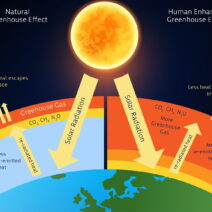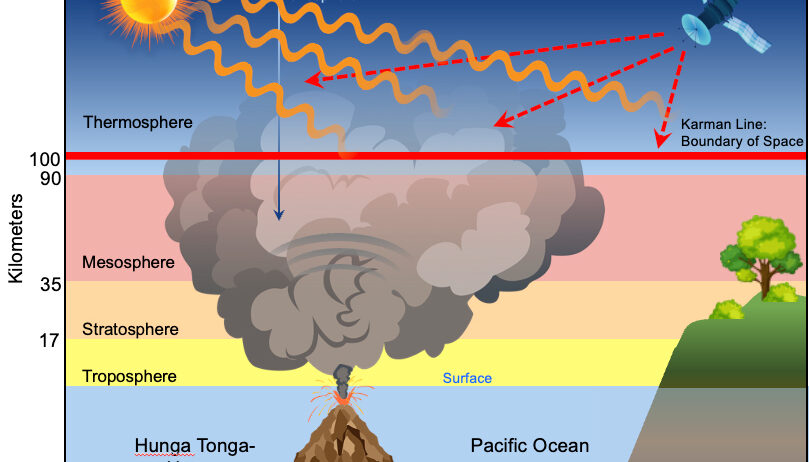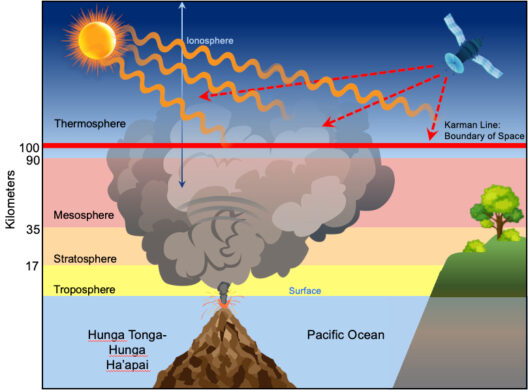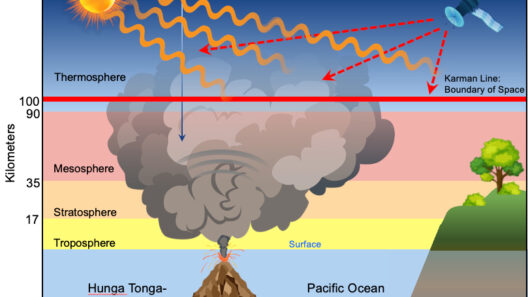The global climate crisis poses one of the most significant challenges of our time, and as the planet warms, various strategies emerge to combat this complex phenomenon. Among these strategies, planting trees is a widely lauded solution, often depicted as a straightforward, grassroots approach to mitigate climate change. However, the question remains: can planting trees really stop global warming? To explore this topic thoroughly, it is essential to understand the underlying mechanisms of how trees and forests interact with the Earth’s climate, the limitations of tree planting, and the broader context of climate change mitigation.
Forests cover approximately 31% of the Earth’s land area and play a critical role in carbon sequestration. Trees absorb carbon dioxide (CO2) from the atmosphere during the process of photosynthesis, converting it into biomass while releasing oxygen. This natural process is indeed alluring; in theory, planting trees seems like a potent antidote to rising atmospheric CO2 levels. According to research, a mature tree can absorb about 48 pounds of CO2 per year, which adds to the appeal of afforestation projects as potential weapons against climate change.
Moreover, trees offer myriad ecological benefits beyond carbon storage. They provide habitats for diverse wildlife, enhance soil quality, and regulate water cycles. Urban areas can greatly benefit from tree canopies that provide shade, subsequently reducing energy consumption. Furthermore, trees contribute to mental well-being; numerous studies have documented the psychological benefits associated with green spaces. Yet, while these factors contribute to the fascination surrounding tree planting, they hint at deeper issues regarding the systemic nature of climate change and why such a simplistic solution can be so appealing.
The allure of tree planting can be partially attributed to its tangible nature. People can physically engage with tree planting as an act of environmental stewardship. Community initiatives often mobilize volunteers and foster a sense of unity and purpose, presenting direct avenues for involvement in climate action. Such local engagement can further lead to increased awareness about broader environmental issues, turning collective enthusiasm into a powerful socio-political force.
However, despite the evidence supporting the benefits of tree planting, it is critical to recognize its limitations. First and foremost, not all tree planting is created equal. The choice of species, the context of planting, and the subsequent management of the trees all play pivotal roles in the success of afforestation efforts. Planting non-native species can exacerbate ecological imbalances, leading to detrimental effects on local ecosystems. Additionally, newly planted trees require years, if not decades, to mature and achieve their peak carbon sequestration capacity. Thus, while the act of planting trees may yield immediate aesthetic or communal benefits, its long-term impact on climate mitigation is often delayed.
Moreover, relying predominantly on tree planting as a singular solution can divert attention and resources away from more systemic changes that need to occur. High-emission industries, unsustainable agricultural practices, and fossil fuel usage are at the root of global warming. Overemphasis on afforestation as a remedy can engender a false sense of security, whereby individuals and policymakers believe that planting trees alone will suffice in addressing climate change, thereby undermining the urgency of reducing greenhouse gas emissions at their source.
In addition, the scale of tree planting needed to make a meaningful impact is daunting. For instance, a study indicated that to fight climate change effectively, approximately 1 trillion trees need to be planted globally. Accomplishing this monumental task requires unprecedented coordination, adequate funding, and sustained commitment from governments, organizations, and individuals alike. The logistics involved in large-scale planting operations—such as land availability, long-term maintenance, and the need for infrastructure—are formidable and warrant careful consideration.
Another factor to consider is the potential for unintended consequences. Large-scale tree planting can displace local communities or disrupt existing ecosystems—especially when agricultural land is repurposed for forests. This can lead to social and economic conflicts, particularly in regions where communities directly depend on such land for their livelihoods. Therefore, it becomes paramount to ensure that tree planting initiatives are designed with the involvement of local populations and are sensitive to existing socio-ecological dynamics.
Despite these complexities, the act of planting trees remains a valuable component of a holistic approach to tackling climate change. It shouldn’t be viewed in isolation but rather as part of a multifaceted strategy that includes reducing emissions, conserving existing forests, and transitioning to renewable energy sources. While trees can be effective carbon sinks, they cannot replace the urgent need to overhaul energy consumption and greenhouse gas emission practices across industries.
In conclusion, while planting trees is a commendable and passionately embraced endeavor, it is not a panacea for global warming. Trees play a significant role in carbon sequestration and ecological health, yet they exist within a broader context that requires a comprehensive examination of both human activity and environmental preservation. As awareness spreads, so too must our approach to climate change, incorporating tree planting as one element of a vast tapestry of actions needed to secure a sustainable future. By recognizing the importance of respective interactions among various climate change strategies, society can embark on a more effective course toward ameliorating one of the most pressing challenges of our time.






